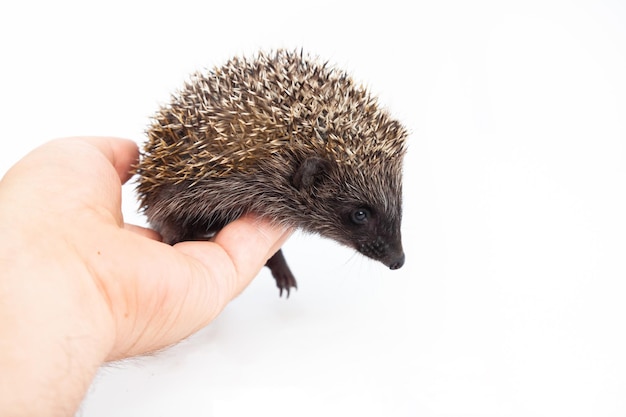European Hedgehog (Erinaceus europaeus) – Common Hedgehog Free Stock Photo for Download
Introduction to the European Hedgehog
The European hedgehog, scientifically known as Erinaceus europaeus, is a charming creature found across many parts of Europe. Also referred to as the West European hedgehog or simply the common hedgehog, this small mammal holds a special place in our hearts and ecosystems. Its distinct appearance, with a round body covered in spines, makes it an easily recognizable animal in the wild.
Characteristics of the European Hedgehog
Physical Appearance
The European hedgehog has a variety of features that help it survive in its natural habitat. These characteristics include:
- Spines: Its back is covered with approximately 5,000 to 6,000 spines that act as a defense mechanism against predators.
- Size: Typically, the adult hedgehog measures about 23 to 30 cm in length and weighs between 0.5 to 1.5 kg.
- Coloration: The underside is usually a soft, pale color, providing a contrast to the darker spines on its back.
Habitat
European hedgehogs are adaptable creatures that can thrive in a variety of environments. They are commonly found in:
- Woodlands
- Thickets
- Gardens
- Farmlands
These habitats provide the hedgehog with ample food sources and shelter from harsh weather conditions.
Behavior and Diet
Nocturnal Lifestyle
This species is primarily nocturnal, meaning they are most active during the night. During the day, hedgehogs seek shelter in dense vegetation or burrows, where they rest and stay safe from predators.
Feeding Habits
The European hedgehog is an insectivore, which means its diet mainly consists of:
- Insects
- Worms
- Snails
- Fruits
They play a crucial role in controlling pests in their environment, making them an important part of the ecosystem.
Conservation Status
Unfortunately, the European hedgehog faces several threats due to habitat loss, traffic accidents, and climate change. Conservation efforts are vital to ensure the survival of this beloved species. Protecting their habitats and promoting awareness about their importance can significantly help in their preservation.
Conclusion
The European hedgehog is not just a cute, spiny creature; it is also an integral part of our ecosystem. Understanding its lifestyle, habitat, and challenges can help us appreciate and protect this remarkable animal. With simple actions like creating hedgehog-friendly gardens, we can contribute to their conservation and make sure future generations can enjoy the sight of these delightful animals.












